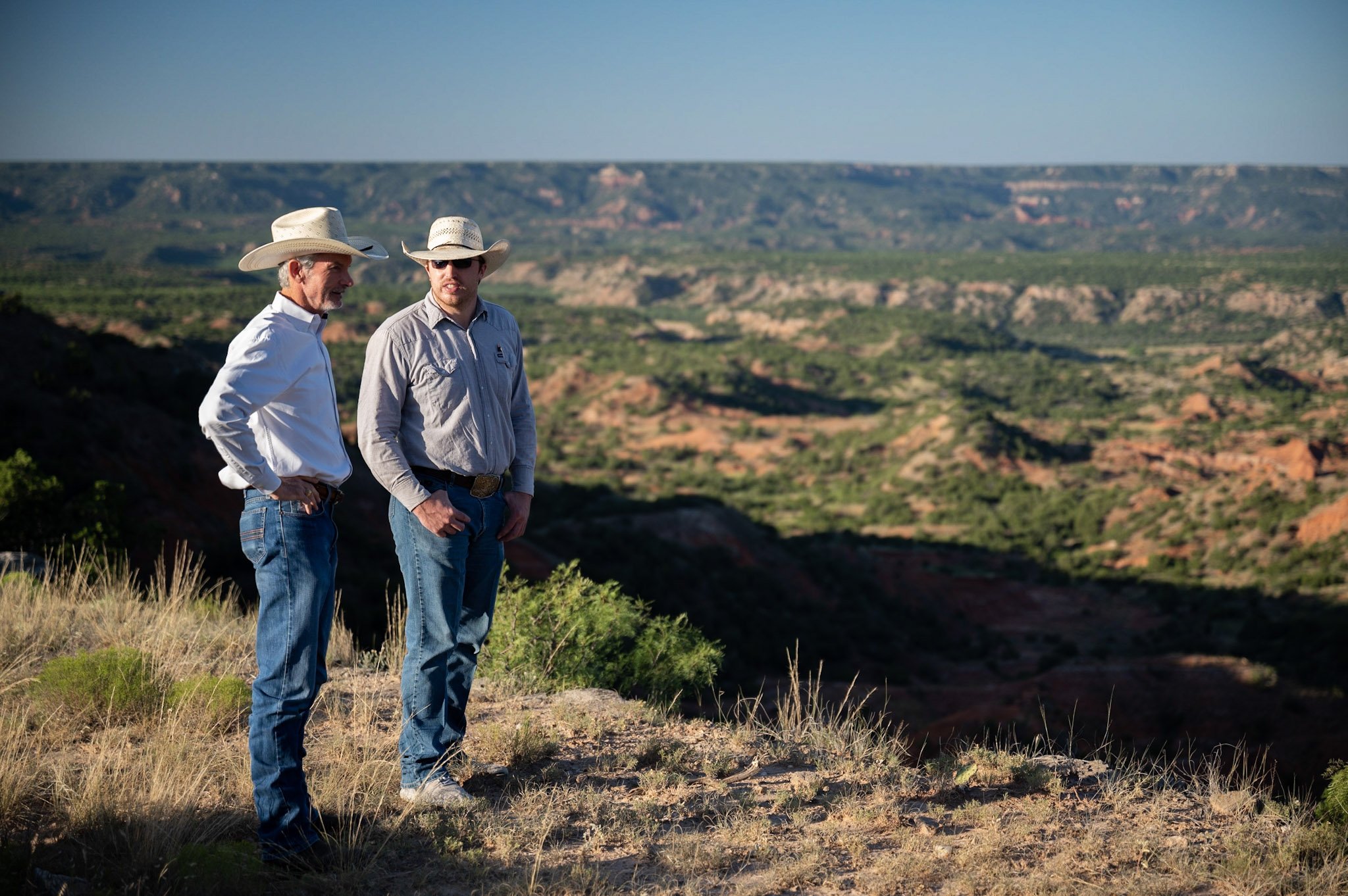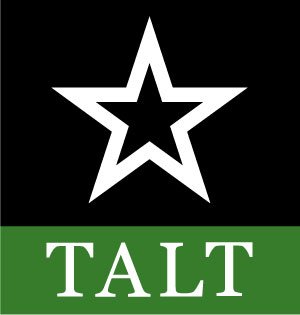
What is a Conservation Easement?
A conservation easement is a voluntary legal agreement that allows landowners to retain title and management of their property, while forfeiting, donating or selling certain development rights to a land trust. This protects the land from commercial or residential development, preserves habitat, limits subdivision and fragmentation of the land, and allows landowners to ensure the land they love is protected into perpetuity.
Types of Easements
Conservation easements provide more than protection to open spaces. Easements often serve as a financial tool for landowners as they plan to transition land to future generations or as they reinvest resources back into their operation. Conservation easements can be donated, purchased, or a combination of both.
1
DONATED EASEMENT
Donated easements qualify landowners for tax benefits. This is the most common type of easement for agricultural landowners.
2
PURCHASED EASEMENT
Purchased easements provide direct compensation to landowners through a cash payment. This funding can come from private philanthropic sources, state programs, or federal programs.
3
BARGAIN SALE
A bargain sale combines the benefits of both purchased and donated conservation easements. This is an easement where a portion of the transaction is paid, and a portion is donated.
Landowner Benefits Explained
Different conservation easements have different benefits. That’s what is unique about this tool. Each easement can be customized to ensure landowners achieve their personal conservation goals. However, financial and tax benefits are another potential benefit and are based on standardized rules set by the government. We recommend landowners work with an attorney or financial advisor to understand how these benefits may apply.
-
Conservation easements remain with land despite a transition in ownership. This ensures a landowner’s wishes are upheld into perpetuity, and the conservation value of working land is preserved. Annual monitoring visits, as required by the easement, ensure such terms are upheld.
-
The 2018 Farm Bill and IRS guidelines treat a donated easement as a charitable donation, allowing landowners to deduct the easement’s value from their Adjusted Goss Income (AGI) over a 15-year period. Typically, landowners are eligible to take a deduction of up to 50% of their adjusted gross income. However, qualified farmers and ranchers, during the year of the gifting, may qualify for higher percentages. Some expenses incurred during the conservation easement donation may also be eligible for a federal tax deduction during the first year.
-
Land is devalued when granting away development or commercial rights. This reduces the property and estate tax burden for current owners and family members who may inherit the land. Conservation easements do not affect Texas property tax valuations.
-
Purchased easements qualify landowners for direct payment. Examples of funding sources include state and federal programs such as the Agricultural Conservation Easement Program (ACEP) or the Texas Farm and Ranch Land Conservation Program (TFRLCP). Sometimes, characteristics of land or natural resources make property appealing to specific conservation groups. This may qualify landowners for philanthropic grant funding.
From Contact to Closing
Establishing a conservation easement takes time. This can range from several months to over a year and depends on numerous factors, including the landowner’s circumstances, the details of the property, and whether the easement is donated or purchased. We strive to keep the process transparent, and ensure landowners feel confident in each step before moving forward.
-

Conversation
-

Application
-

Preparation
-

Closing
-

Stewardship
Meet our Land Team
Interested in learning more? Contact one of our land team members to have a conversation.
Additive Conservation
Advancing Land Stewardship Beyond the Conservation Easement
For stewards of working lands, Additive Conservation opportunities represent a powerful tool to accelerate conservation stewardship objectives and create revenue streams that can help keep working lands working – and profitable.
TALT serves as a vital resource to landowners in navigating this landscape, and we are actively developing Additive Conservation opportunities specifically for TALT landowners.
Click the link below to learn more about TALT’s Additive Conservation Program.
What is Additive Conservation?
Additive Conservation is the landscape of opportunities to enhance a landowner’s conservation and stewardship objectives and receive compensation for the critical ecosystems services they provide for the benefit of us all.
Think of it as the crossroads of land management, ecology, and economics.
What Do These Opportunities Look Like?
These opportunities appear in a wide variety of shapes and sizes, and they are actively developing and evolving. Examples include carbon offset credits, regenerative practices, grassland improvements, habitat enhancement, biodiversity promotion, riparian protection, and water conservation.
Conservation with Compensation
What they all have in common is enhancing stewardship, conserving natural resources, and directing compensation to the land stewards who provide critical ecosystems services – clean water, clean air, wildlife habitat, biodiversity, food and fiber, recreational opportunities, resilient landscapes, and open space.
On Mission… Together.
At the Texas Agricultural Land Trust, we are rooted in the heritage of agricultural lands and its people. By working alongside land stewards, we do our part in keeping Texas big, wide and open for future generations.




